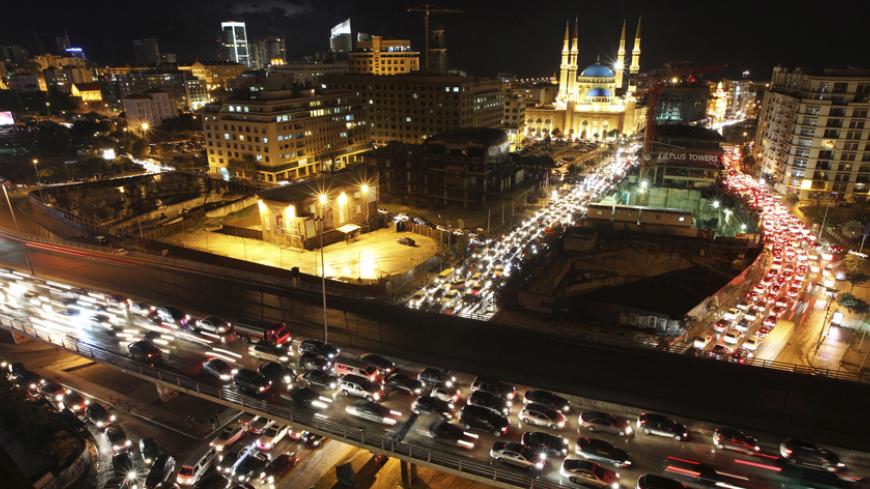It’s been 53 years since Beirut’s master planner, Michel Ecochard, made an urgent call for a proper city-wide urban planning, saying, “Beirut can still be saved, but action must be taken immediately.” He called for organizing Beirut to facilitate transportation while maintaining public spaces for the average citizen to use. But today, Beirutis are finding it hard to catch a breath in an ever-growing concrete jungle. The municipality’s latest project, a controversial $70 million highway that would destroy historic precincts, is yet another clear example of a severe lack of urban planning.
Beirut has only 0.8 square meters (8.6 square feet) of green space per capita compared to the minimum of 9 square meters (97 square feet) per capita recommended by the World Health Organization. Its largest park, Horsh Beirut, comprising on its own 75% of all of the city’s green spaces, is closed to the public. One of the city’s last remaining public coastlines, the Daliyeh, is being sealed off at the behest of private businesses. According to a report by Nahnoo, a youth-led Lebanese nongovernmental organization, approximately 25% of the city's area is taken up by “an overly complex and massive road network.”



